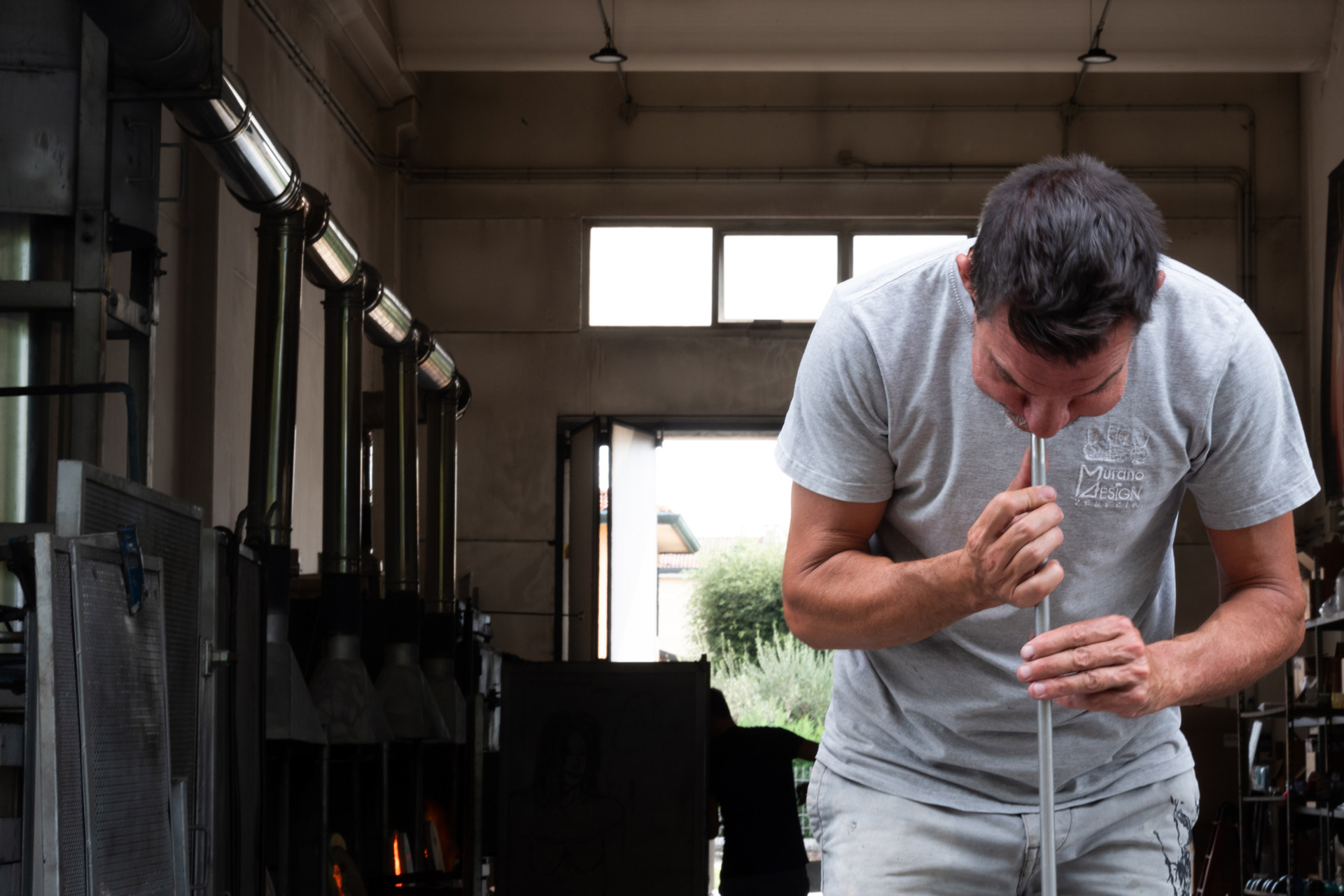Processing
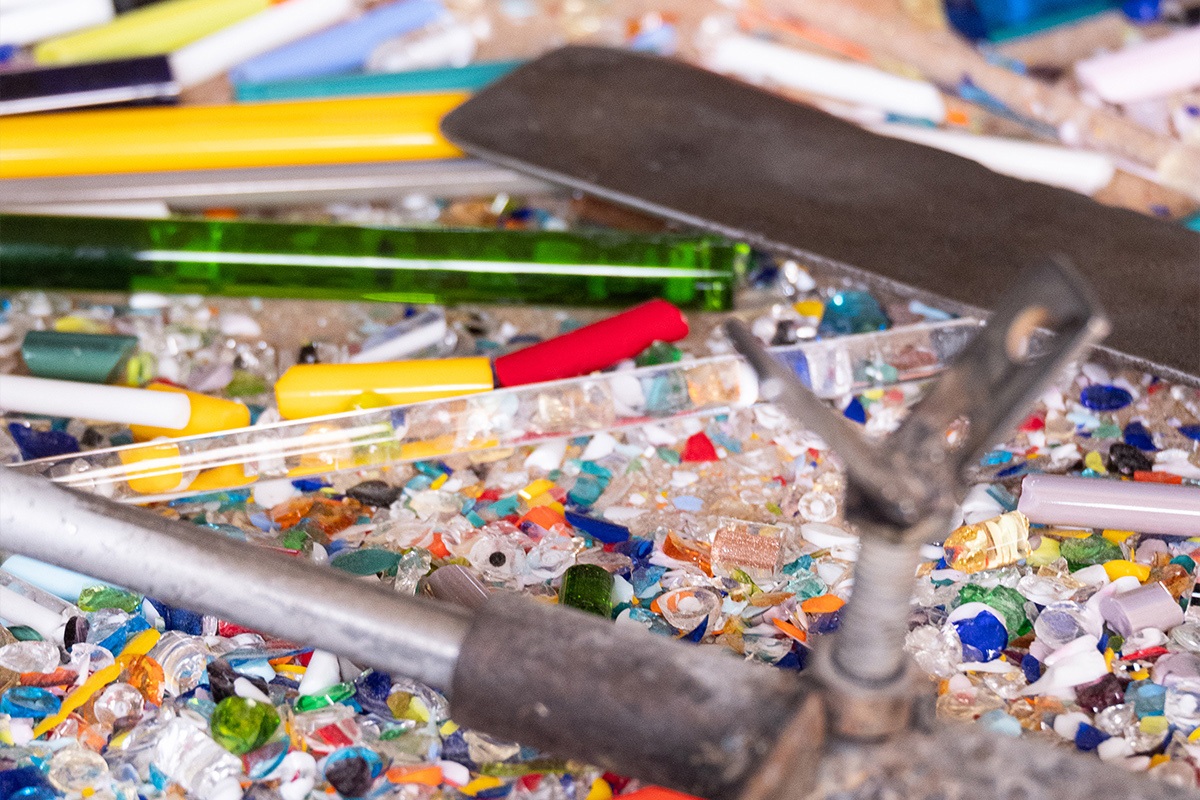
Who makes the glass
The minimum structure for glass processing in a furnace is called a piazza. The staff of the piazza is now made up of a master glassmaker, a servente, a serventin and an apprentice. At one time, between the status of master and that of servente, there used to be a further qualification, which has now disappeared, known as “fuori piazza” master: these were trainees who worked so as to learn the difficult job of master glassmaker.

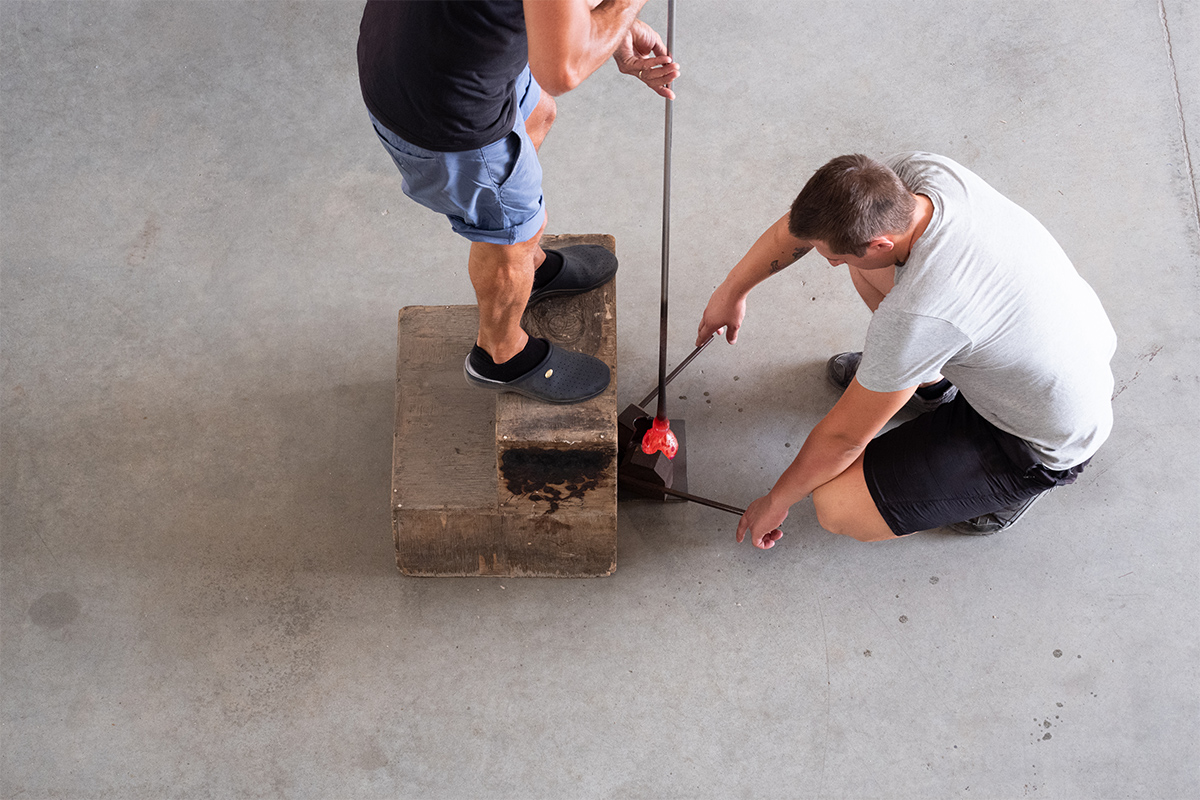
Preparing the ingredients
The first important operation in glass processing is the weighing of raw materials. Incorrect proportions can completely undermine the composition of the glass. Once weighed, the substances are introduced into the mixer and blended. The resulting mixture is placed in crucibles. Each crucible contains an amalgam of different colours, which is obtained by adding colouring substances to the original composition.
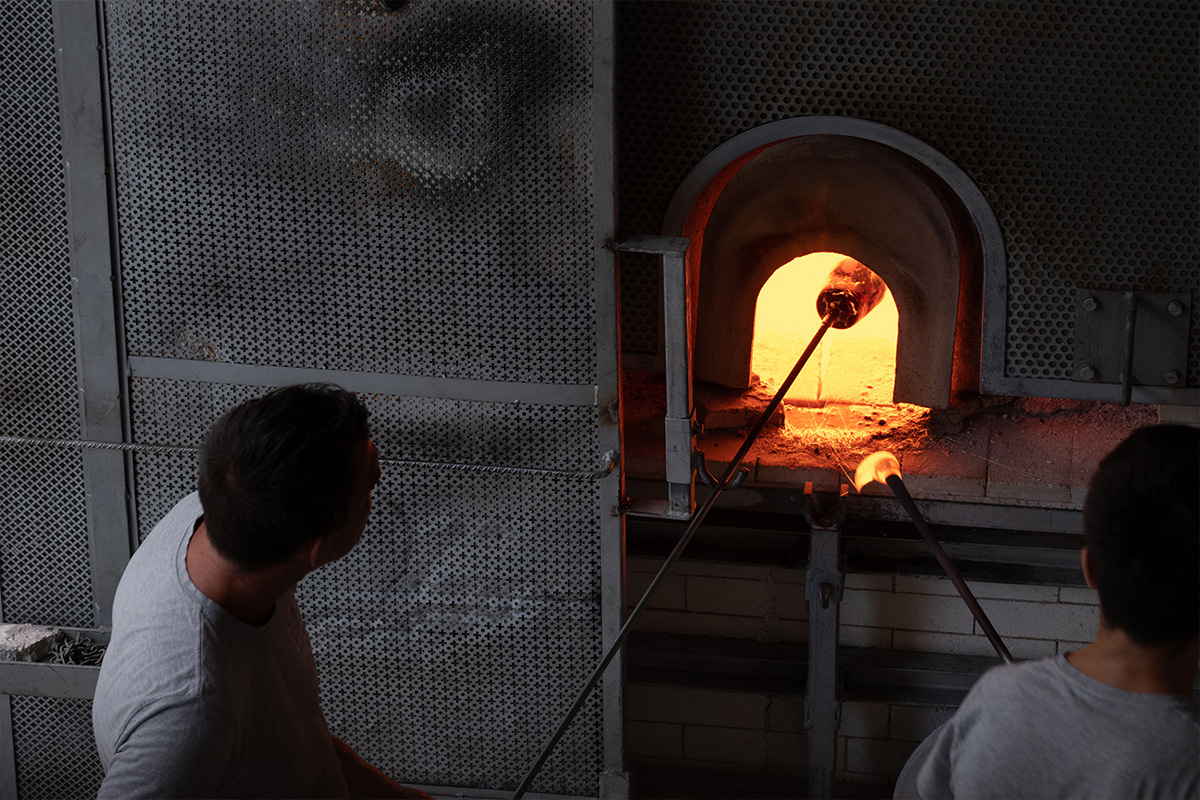
Preparation
Melting takes place at 1400°C and lasts nine hours. The mixture is loaded into the crucible at 5 p.m. at a temperature of 1250°C. Once the loading is finished, the furnace is brought to 1400°C for the refining operation, which aims to eliminate the gas bubbles coming out of the liquid. This operation ends at 2 a.m. The temperature is lowered to 1000°C, so that the glass is not too liquid to be taken out.

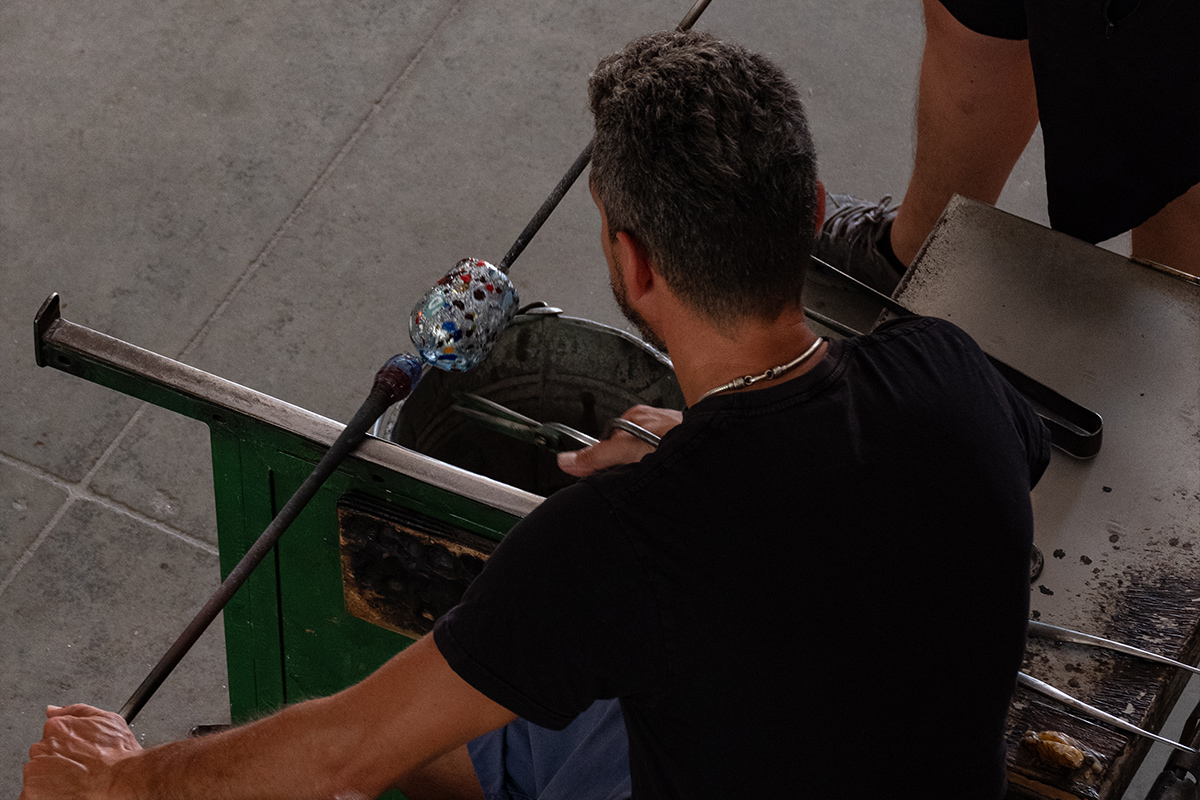
Preparation
The resulting balloon, passed on to the master, is processed using various techniques for the actual manufacturing of the glass object. During the processing of the objects, they must be placed in the furnace several times, so that the temperature does not drop, which means that the glass can no longer be processed. The object can remain out of the furnace to be worked on for no more than a few minutes, and the master’s skill lies in making the most varied shapes in such a short time. Once finished, the objects are placed in cooling ovens. Here it goes from a temperature of about 520°C to room temperature.
